Getting the hang of equine anatomy is a crucial part of horsemanship. The horse’s body has various distinctive features that every equestrian should know. If you’re wondering what the main body parts of a horse are, this article is right for you.
Before we plunge into the horse anatomy and digestive system, let’s get familiar with specific terms.
Here’s a horse model that clearly illustrates the main parts of a horse.
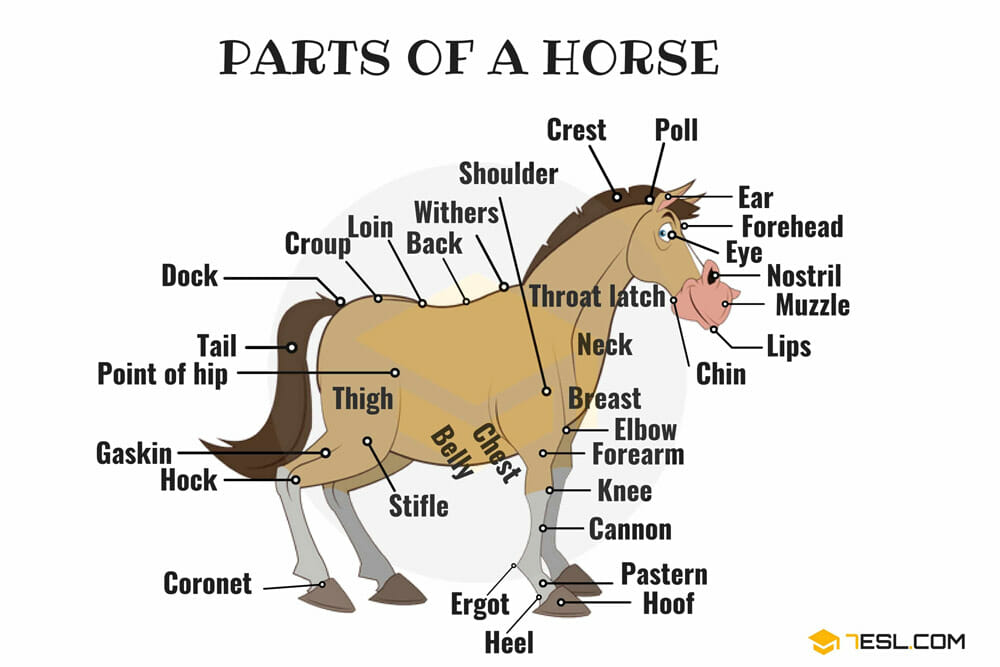
Horse Body Parts List
As for the external horse anatomy, the major body parts include:
- Muzzle
- Chin
- Throat latch
- Lips
- Nostrils
- Eyes
- Forehead
- Ears
- Poll
- Crest
- Shoulder
- Withers
- Back
- Loin
- Croup
- Dock
- Tail
- Point of hip
- Thigh
- Gaskin
- Hock
- Hoof
- Stifle
- Belly
- Chest
- Heel
- Coronet
- Pastern
- Ergot
- Cannon
- Knee
- Forearm
- Elbow
- Breast
- Neck
Now let’s get all the nitty-gritty about these parts of a horse.
Equine Anatomy Explained
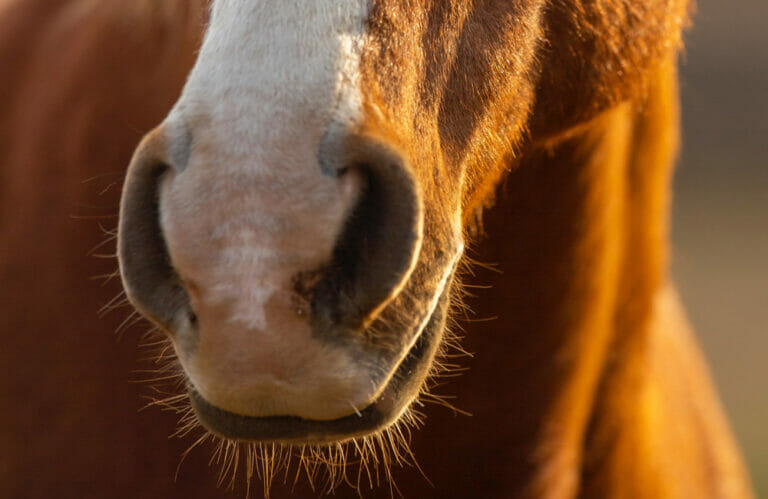
Muzzle
The muzzle is the horse’s body part that includes the chin, lips, mouth, and nostrils. This part of the horse is quite sensitive. There are whiskers that help “feel” the surroundings. The rest of the area is hairless.
The mouth is the part where the bit is placed. It helps to control the horse, however, some riders prefer bitless bridles.
Chin groove is the part of the head that lies behind the lower lip and chin.
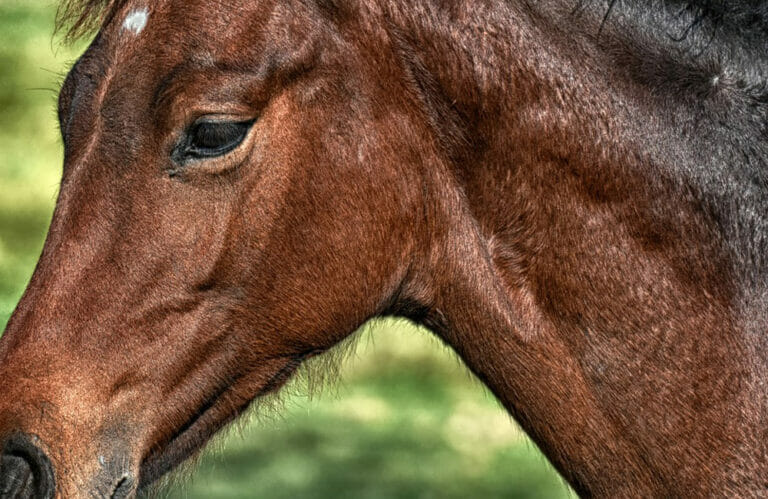
Throat Latch
The windpipe and the head meet at the point of the throatlatch, under the jaw. That’s where one of the horse bridle pieces goes.
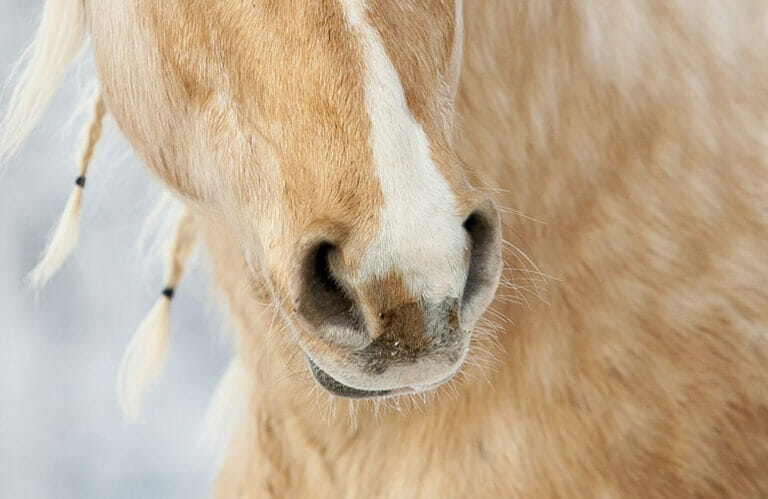
Nostrils
Horse nostrils are rather big and flexible. A horse tends to flare its nostrils while working and exercising. Flared nostrils when the animal is relaxed may be a sign of curiosity or fear. Pinched nostrils may show the horse is angry or irritated.
Horses have an excellent smell, better than humans. It plays an important part in learning the surroundings. A horse can get many out of the world with the help of this sense. An equine can smell a predator or other horses in the distance.
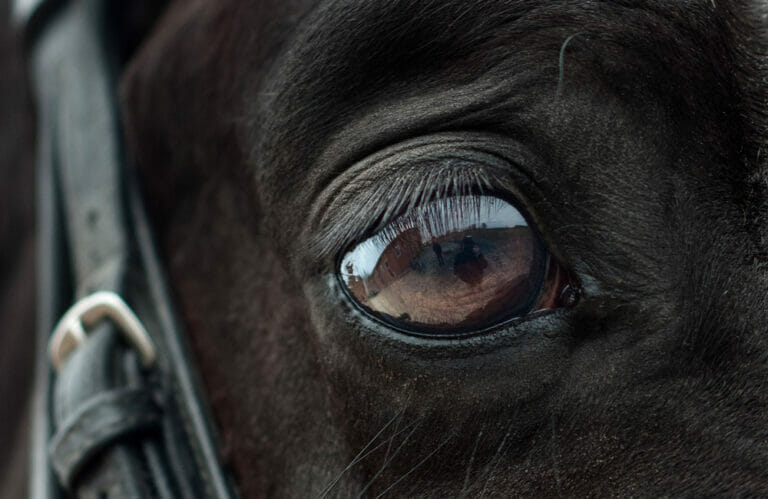
Eyes
Horses have big eyes with a dichromatic vision that is sometimes called two-color vision. Humans have trichromatic vision. A horse sees blue and green colors as well as their hues. But horses can’t distinguish the red color. That’s similar to human’s colorblindness.
Another essential part of horse eyesight is that they have binocular and monocular vision. Binocular vision means horses use two eyes to spot the same direction. Monocular is used to see in two different directions.
There’s a blind spot just in front of the horse and immediately behind its head.
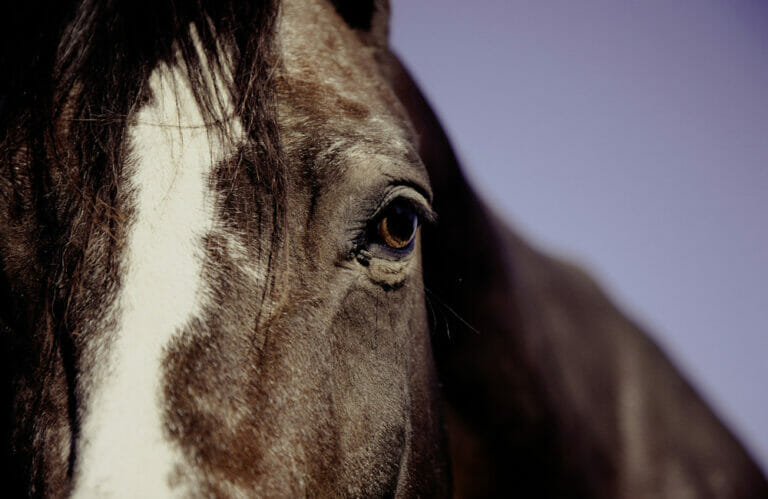
Forehead
The forehead is the area above and between the equine eyes. Horses may have convex, flat, or a concave forehead. The forelock is the horsehair that falls right onto the forehead. The hair could be thick or wispy. The forelock also protects the horse from insect bites.
Some horses have white markings on the forehead. They are unique to each horse like human fingerprints. Although they have similar shapes on the like of a star, strip, blaze, etc.
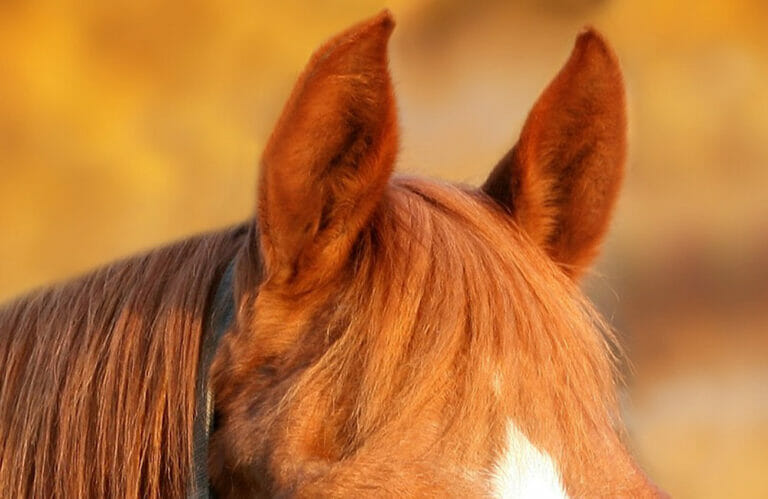
Ears
Equine ears are quite flexible. They can tell us a lot about how the horse is feeling. The ears are used to hear as well as communicate with their peers.
For instance, alert ears mean the animal is attentive. And the ears turned out to the side means the horse is relaxed. If the ears are constantly moving back and forth, the animal is trying to catch the source of the strange noise.
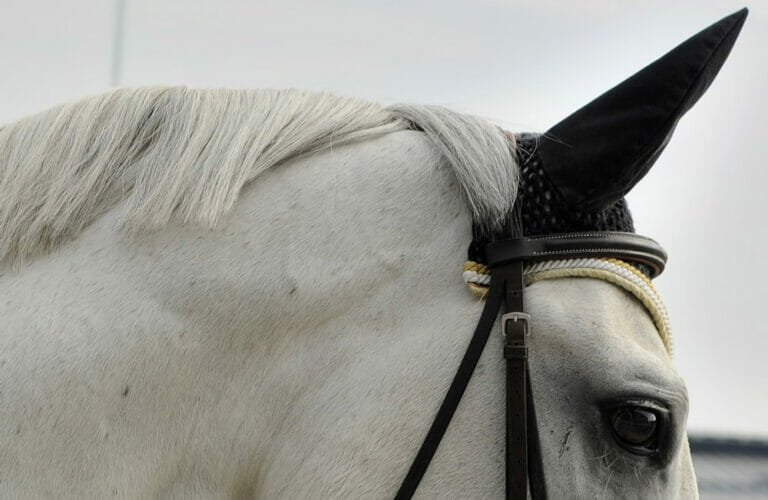
Poll
The poll is the body part of the head that goes immediately behind the ears. It’s the highest point of the skull. This area may be flat or bumpy. Lots of nerve endings are placed here.
With uneven contact of the rider to their horse, the poll may become crooked. Thus, a regular vet check is a great way to promote proper muscle development.
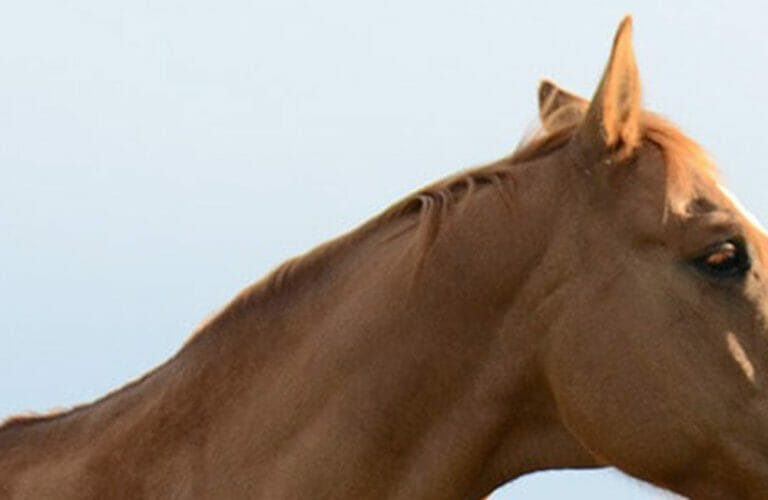
Crest
The crest is the topline of the horse’s neck where the mane grows. That’s a gentle curve that goes from the poll to the withers. Overweight horses tend to have a cresty neck.
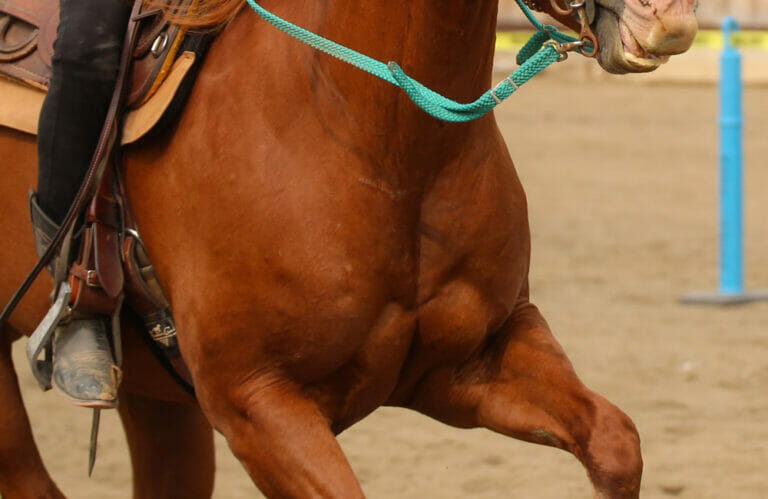
Shoulder
The shoulder is a bone that joins the withers with the chest. The angle of the shoulders affects the horse’s moves. There are special techniques that help to free the shoulders to lengthen the horse gaits.
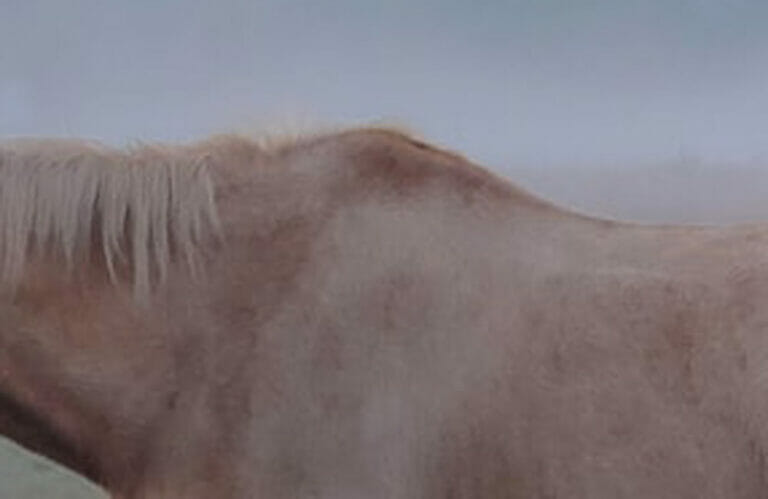
Withers
The withers are the highest point of the shoulders. It links the neck with the body. It’s the top area of the thoracic vertebrae. There are five thoracic vertebrae in the horse withers. The height of the horse is measured in this area.
Depending on the type, the rider needs a special saddle. High-withered saddles are great for equines with bumpy shoulders and a tall back. Low-withers are sometimes called mutton withers means the area is less massive.
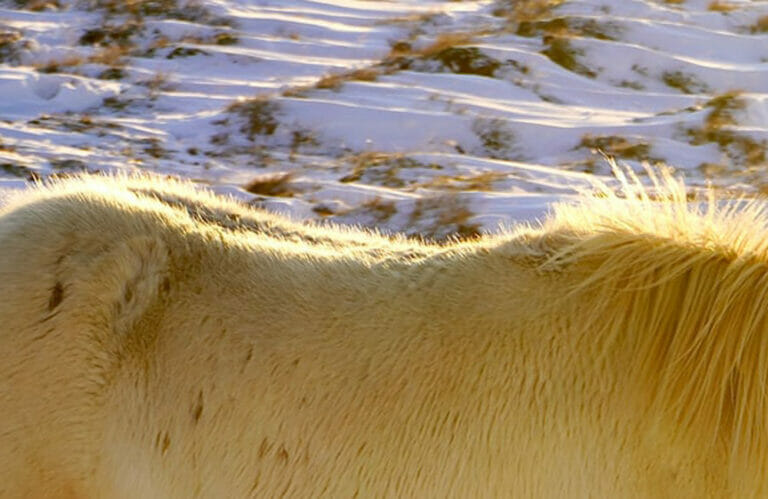
Back
It’s a muscular area between the withers and the loins. A horse saddle sits on the horse’s back as well as a saddle pad. This part is powerful enough to withstand and support a rider.
The rib cage is an integral part of the back that supports the weight of the rider.
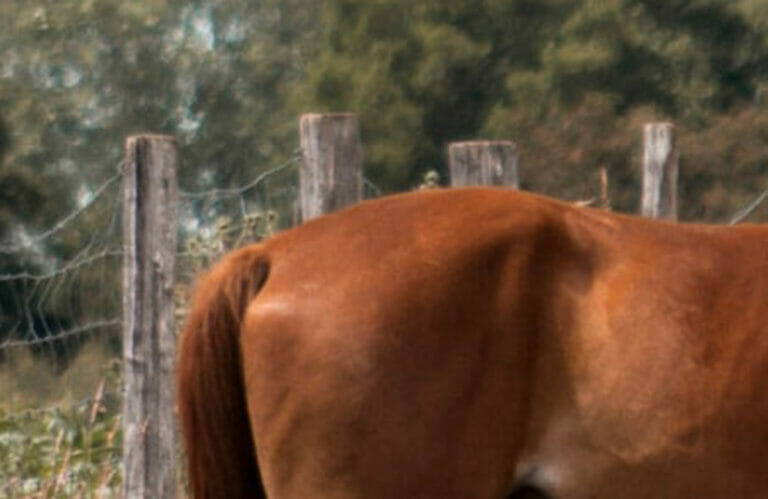
Loin
The loin is the lumbar area merely where the saddle sits. This is a part between the last rib and the croup. It’s a muscled part of a horse that carries power from the hind legs.
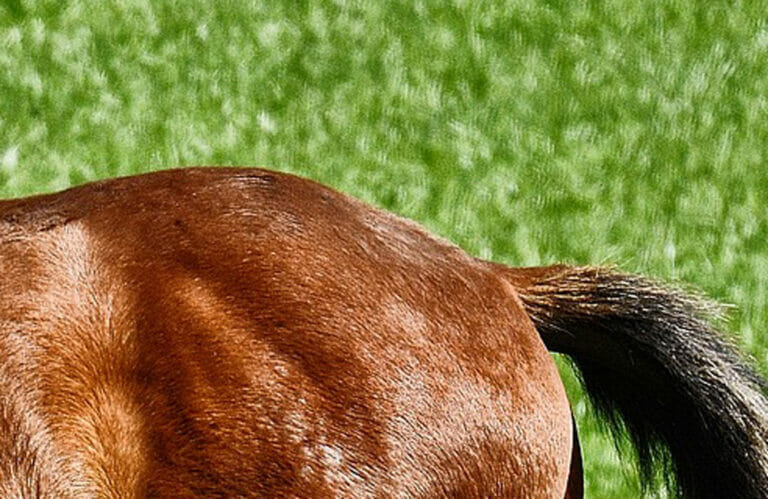
Croup
The croup goes from the top point of the hindquarters to the tail. The area is sometimes called the rump.
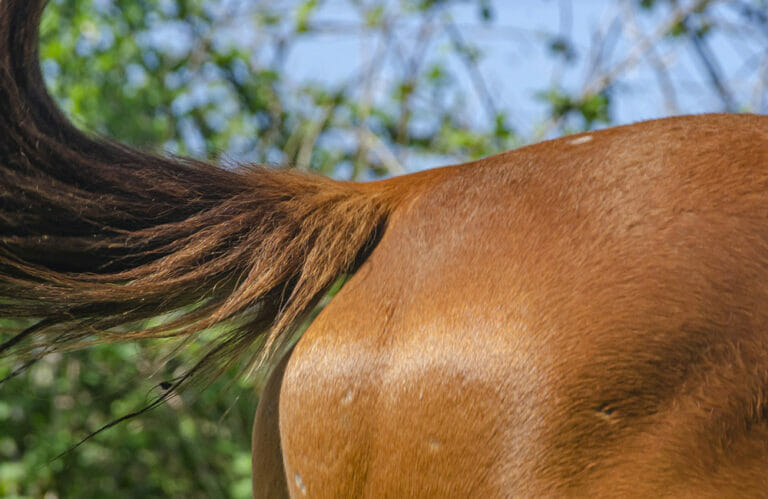
Dock
The beginning of the horse tail is called the dock. It’s where the tailhead joins the rump. Long hairs below the dock are called the skirt.
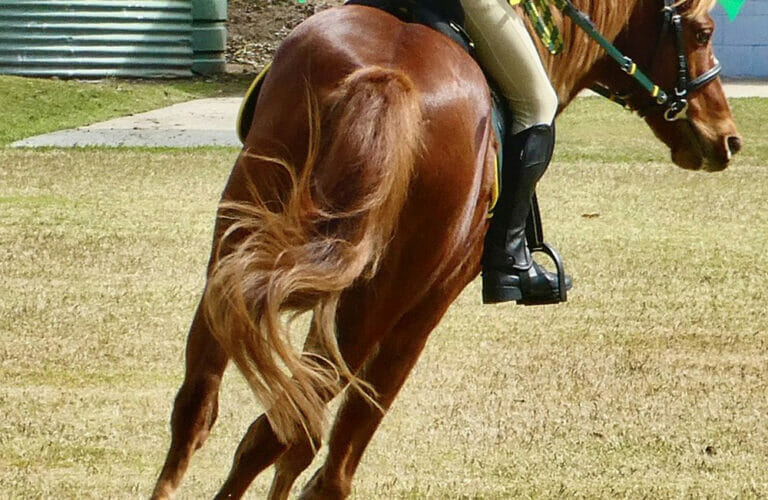
Tail
The tail is a part of a horse that consists of the skirt and the dock. Horses use the tail to ward off the insects. Depending on the moves of this part of the horse, you can understand that animal’s state. A slightly raised tail is a sign of alert and constant swinging means the equine is annoyed.
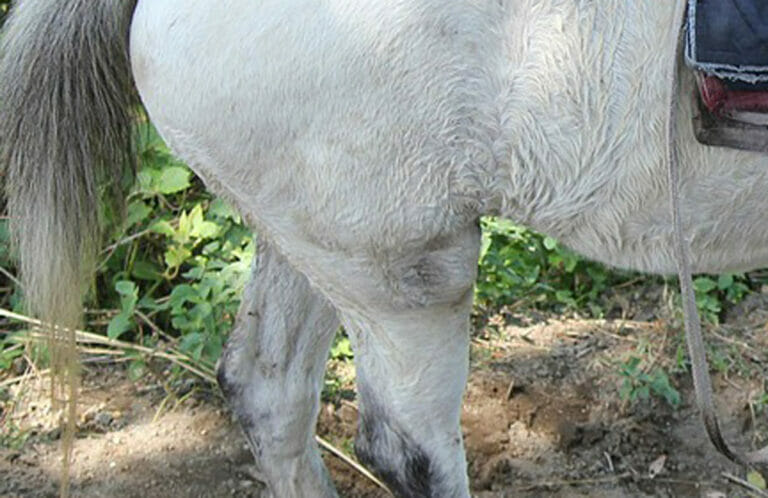
Thigh
The thigh is the top part of the hind legs. These horse body parts affect the shock-absorbing function.
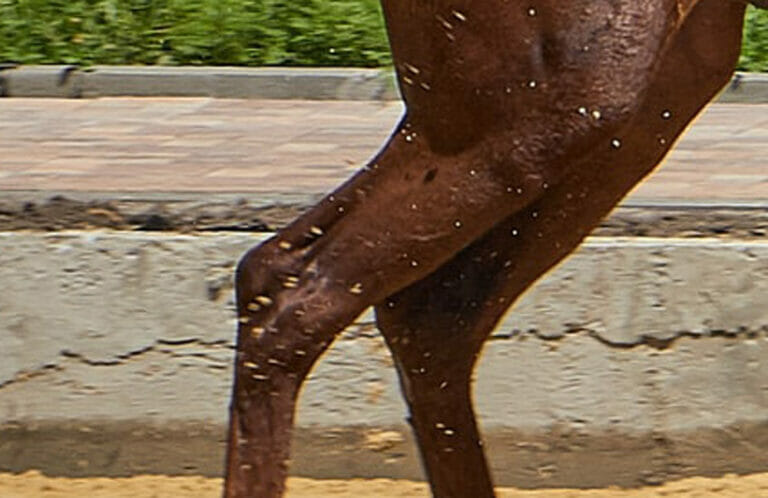
Gaskin
The gaskin is a rather muscular part of a horse between the stifle and the hock.
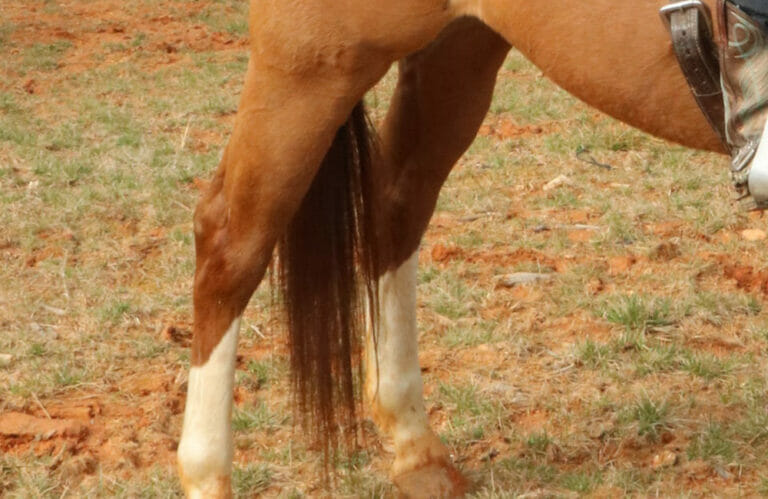
Hock
The hock (gambrel) is the biggest joint on the hind leg. It consists of smaller bones that create an angular shape. The joints and the soft tissue are also referred to as the hock of a horse.
The hock joint is deemed as the biggest joint in the equine’s hind leg.
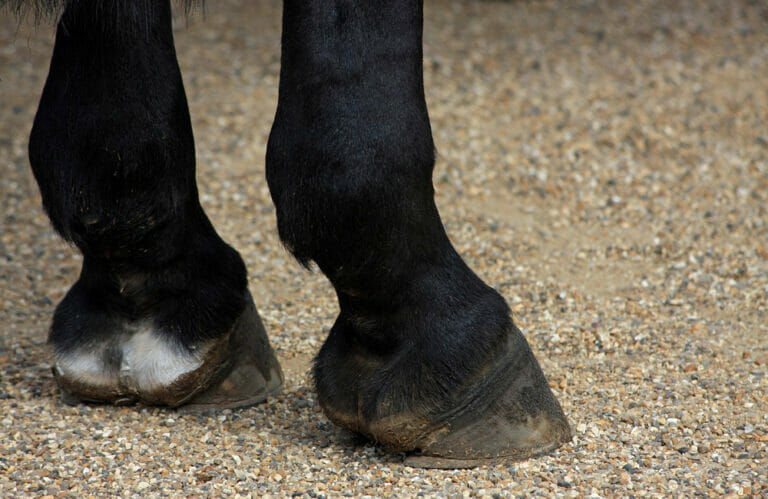
Hoof
The hooves are the body parts that are placed on the front legs and the hind legs. Regular hoof check from a farrier is a must to prolong the equine’s well-being. It’s one of the most significant parts of a horse.
The main parts include the hoof wall, the frog, the sole, the white line, and the periople. The navacular bones and pedal bones are parts of the inner structure of the hoof.
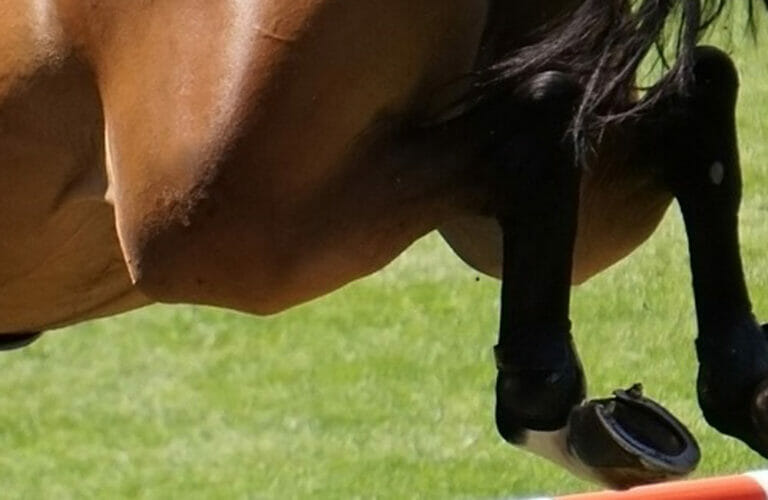
Stifle
The stifle joint is placed between the hip bone called the femur and the tibia. The tibia in a horse is similar to the human’s shin bone. And the stifle joint is something like a human knee.
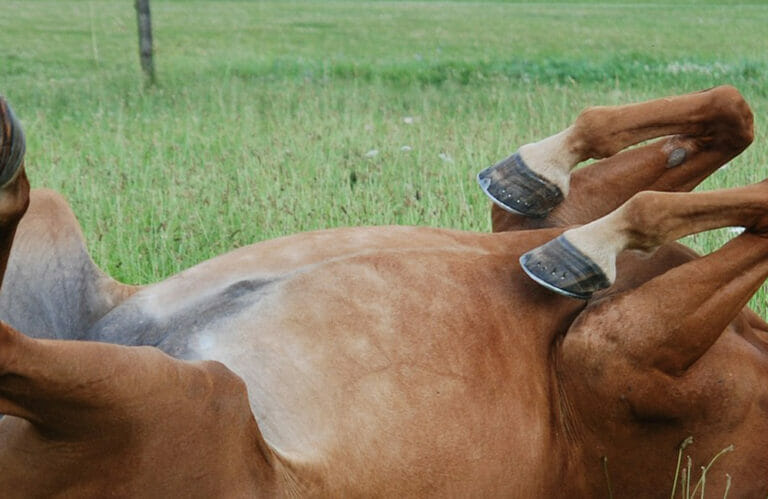
Belly
It’s the underneath of the horse’s body where the mares are carrying foals. The part that the rib cage is attached with is the barrel. The girth is tacked under the barrel so the saddle sits tightly.
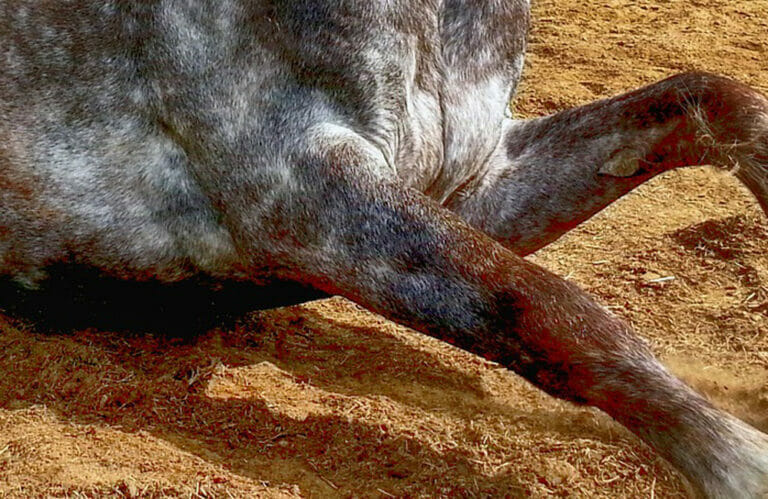
Chest
The chest goes from the bottom part of the neck to the top of the front legs. The shape of this part of a horse depends on the rib structure. Horses tend to have a narrow or wide chest. This part affects the movement of the front legs.
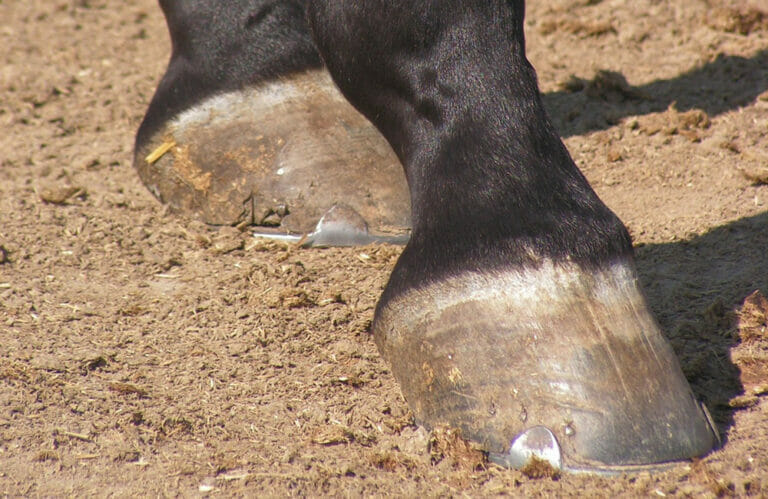
Heel
The heel is a part of a hoof on the palmar side. Heels are split by the frog – the V-shaped area of the hoof.
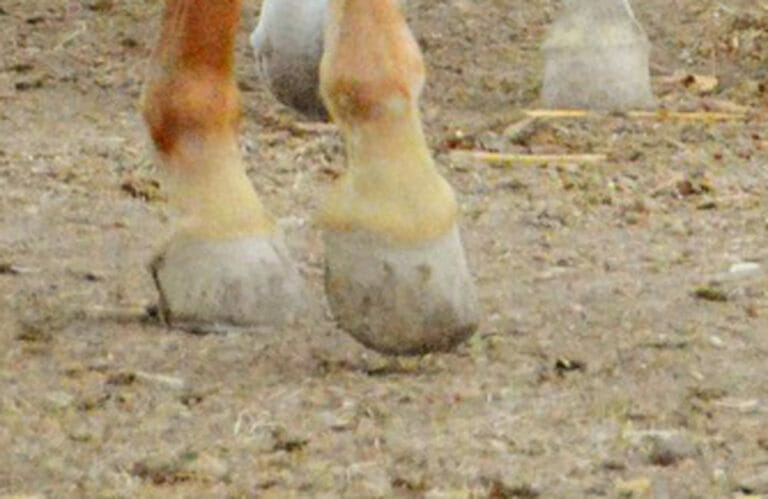
Coronet
The coronet is a soft tissue at the top of the hoof. It’s compared to the human’s cuticle of the fingernail. The horse hoof wall grows from this part.

Pastern
The pastern goes between the fetlock and the top of the hoof. It’s like a human’s toe. The long and short pastern bones create the pastern joint.
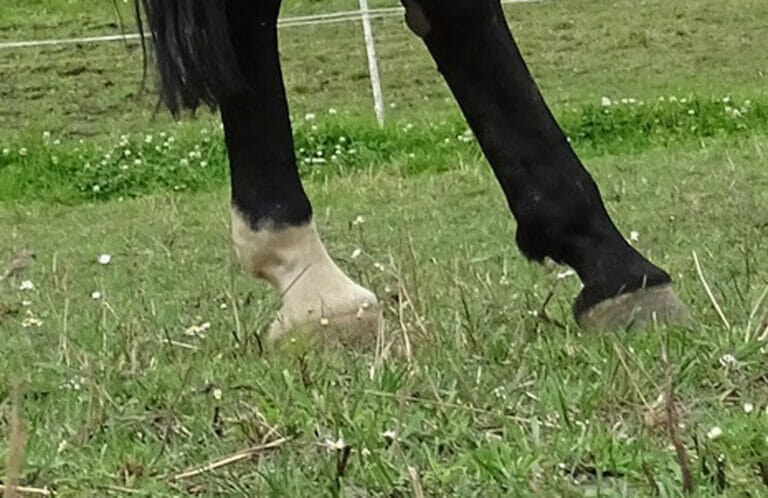
Fetlock
The fetlock joint is placed between the cannon bone and the pastern. It’s sometimes referred to as the pastern or ankle. But this part is quite different from the human ankle. The back of the fetlock joint is called ergot.
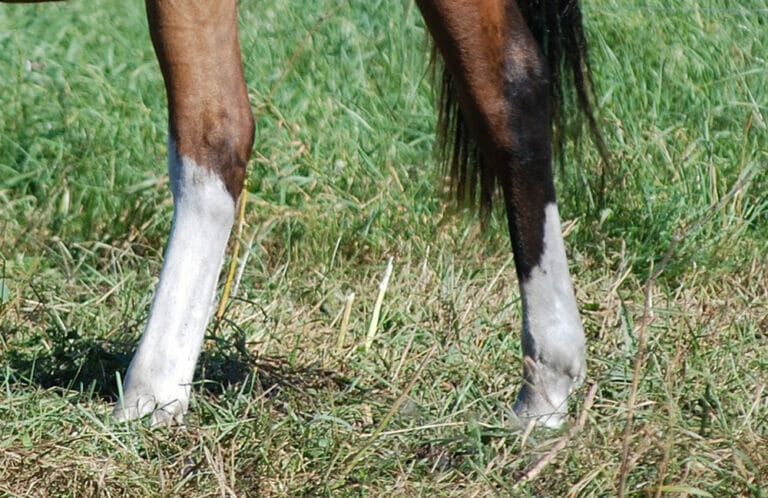
Cannon Bone
The cannon bone is between the knee or the hock and the fetlock. It’s also called the shin. Horse protective boots are usually tacked on this place.

Knee
The knee consists of a range of little bones. It bends like a human knee but the structure is different. The knee that is also called carpal join is on the front limbs. These are crucial horse parts as they maintain stability and shock absorption.

Forearm
The forearm goes from the elbow to the knee.
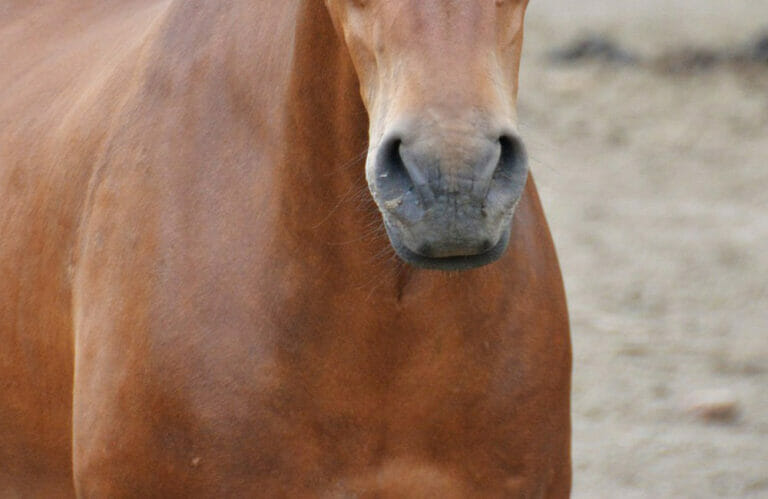
Breast
The breast is the muscled area of a horse placed at the front of the chest. The breast collar is tacked here to keep the saddle firmly.
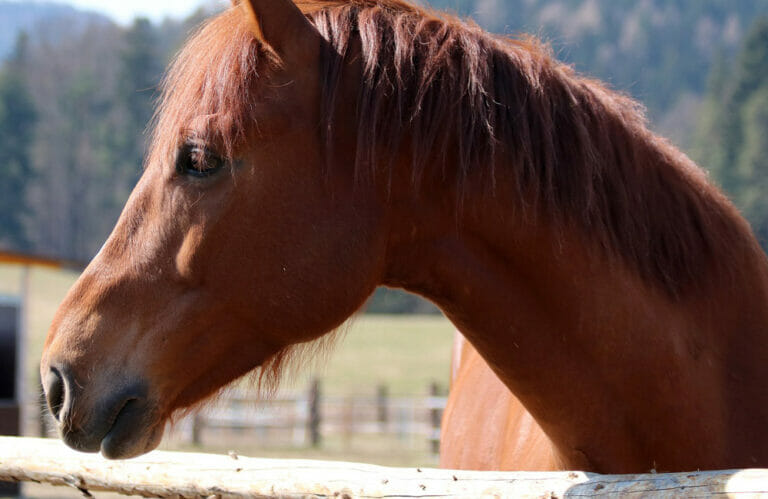
Neck
The neck of a horse goes from the shoulders to the withers. Seven cervical vertebrae are placed here. The shape can be different in various horses. The top of the neck is called the crest where the mane grows.
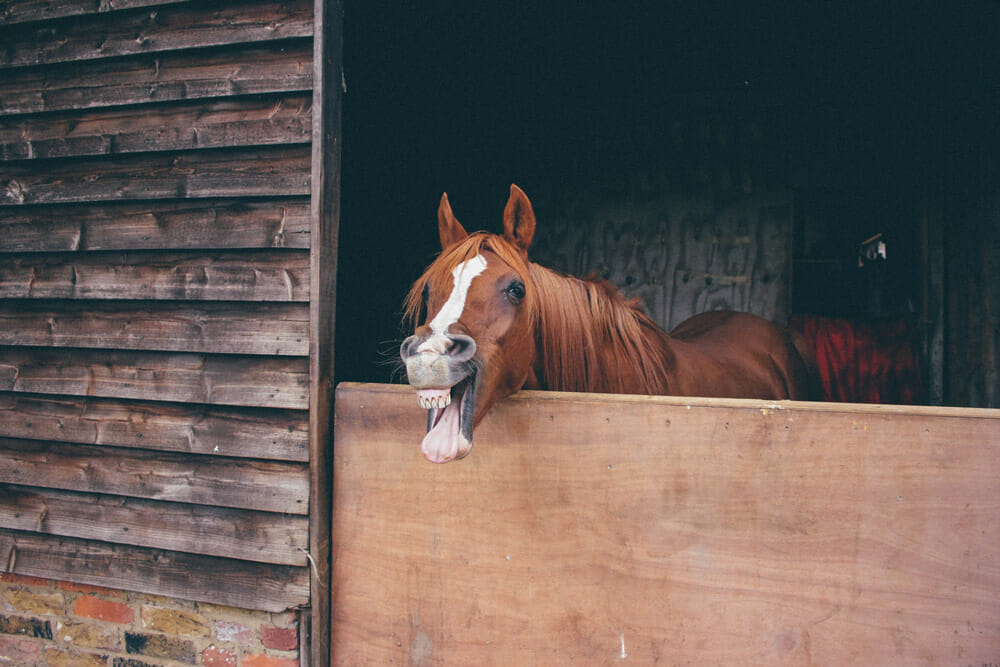
Horse Body Parts Revealed
A horse is a graceful creature with a unique body structure. Here, we outlined the major horse body parts that every horseman should know about. This will help to understand the behavior of a horse and prevent issues like a rearing horse. Keep your horse healthy and you’ll get an excellent companion for many years.
